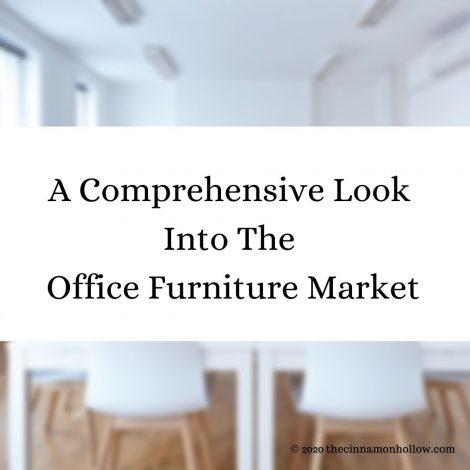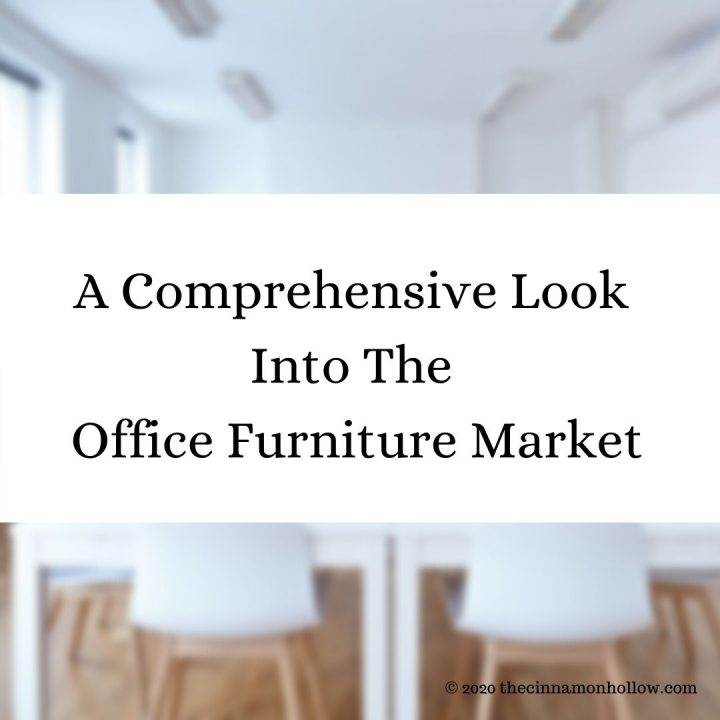The office furniture market comprises 15% of the global furniture sales. Most of the office furniture sales come from panels, storage products such as heavy duty racking, and seating. The office furniture market is expected to grow at a CAGR of more than 6% according to procurement intelligence experts, Beroe. In 2016, the global market size of the office furniture market was $52.7 billion which then increased to $54.99 billion in 2017. The Asia Pacific market size was $20.1 billion, the North America market size was $15.3 billion, Europe’s market size was $14.2 billion, and the market size of the Middle East – Asia region was $6.4 billion.

The high market maturity regions are Switzerland, the US, Japan, Germany, Hong Kong, Italy, and the UK. The medium market maturity regions according to Beroe are India, China, Malaysia, Australia, Canada, and Eastern Europe. The office furniture industry is fragmented as some top global suppliers contribute up to 8% of the global market size. The suppliers are Haworth, Knoll, Bene, HNI Corporation, Steelcase, and Herman Miller. These suppliers contribute up to 11% of the Asia Pacific region’s market size. The office furniture market is unorganized in the Asia Pacific region. Europe and Asia contribute up to 60% of the total office furniture market size.
There are particular regions in the world that will significantly push the market of office furniture because of an increase in demand. These regions are Poland, India, the Philippines, Vietnam, Germany, Malaysia, and Switzerland. The reason is urbanization and a rise in the office construction market in these regions. There are many office furniture market trends. One of them is the number of mergers and acquisitions that are taking place in the industry. The mergers are taking place among global suppliers. Moreover, they are happening at a domestic level too as these are used for distribution by the global suppliers.
The acquisitions will help them gain from synergies and this has become easier for suppliers than ever before. In addition, mergers and acquisitions will enable global players to improve their supply chain as they are able to better serve the market. The office furniture market is a labor-intensive sector. Manufacturers are increasingly using mechanization and automated tools to increase efficiency. This is enabling manufacturers to produce the needed quantity of office furniture products and to provide product standardization while being focused on the design of the products too.
Another major trend is there has been an increase in demand for recycling of office furniture so that the environmental impact is less. Manufacturers and suppliers are focusing on new ways to innovate to ensure office furniture can be reused. One of the trends in the office furniture market is that manufacturers are reducing the workforce while stopping production or reducing production or shifting production to a new location because of the cost involved. Take the case of Steelcase in 2016 when it shifted its manufacturing plant to the Czech Republic from Germany. This was to cut costs and save up to $10 million.
Sometimes difficult market conditions pushed the manufacturers to make this decision to shift, stop or reduce production. Some manufacturers have started to offer value-added services to their customers. These include planning and consulting among other activities to encourage people to buy furniture. This method was adopted by many manufacturers because of fierce competition in the office furniture market and because of a decrease in buyer demand for office furniture. In some cases, economic problems were the reasons why manufacturers decided to provide these services to lessen the demand impact.
There are many drivers that will drive the office furniture & equipment market growth. The biggest reason is urbanization, especially in the APAC region. Office spaces are increasing in many countries such as India, the US, and Brazil and this will increase the requirement of office furniture thereby increasing demand. Another reason is that people are becoming choosier about how they want their office spaces to look and so they are carefully picking out office furniture that will blend with their vision. Recycled office furniture is on the rise as many markets are showing interest in buying made-to-order furniture that is made from recycled materials.
The future of office furniture seems to be good but there are some constraints. The manufacturing cost of office furniture is high because of labor costs and raw material costs. If either or both of the costs increase then it will lead to a hike in the manufacturing costs. Another constraint is that many buyers are unable to get the office furniture they need because of cost optimization issues. Manufacturers find it difficult to predict the type of office furniture that will be in demand. This makes it tough for them to introduce office furniture as they won’t know how the furniture will do in the market.






